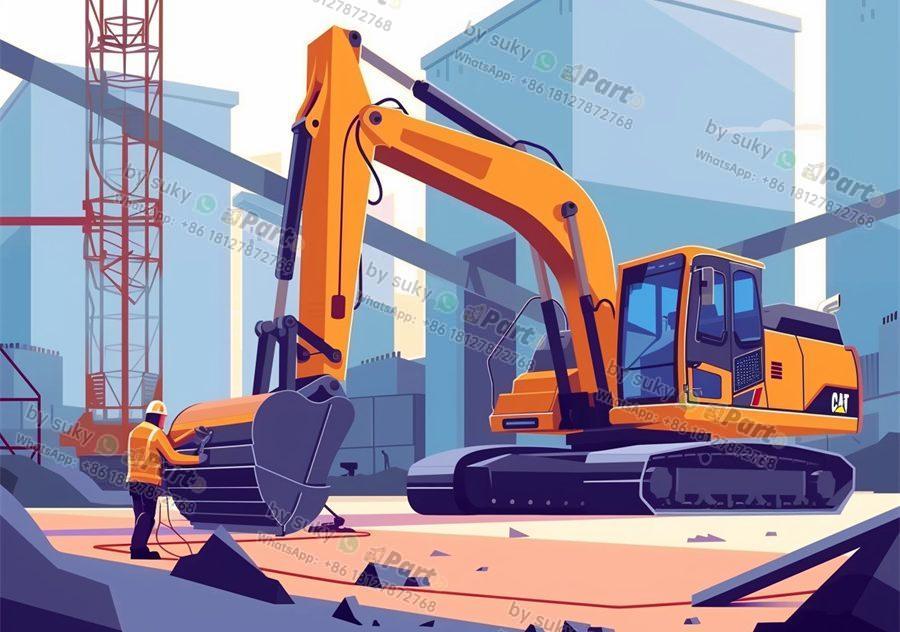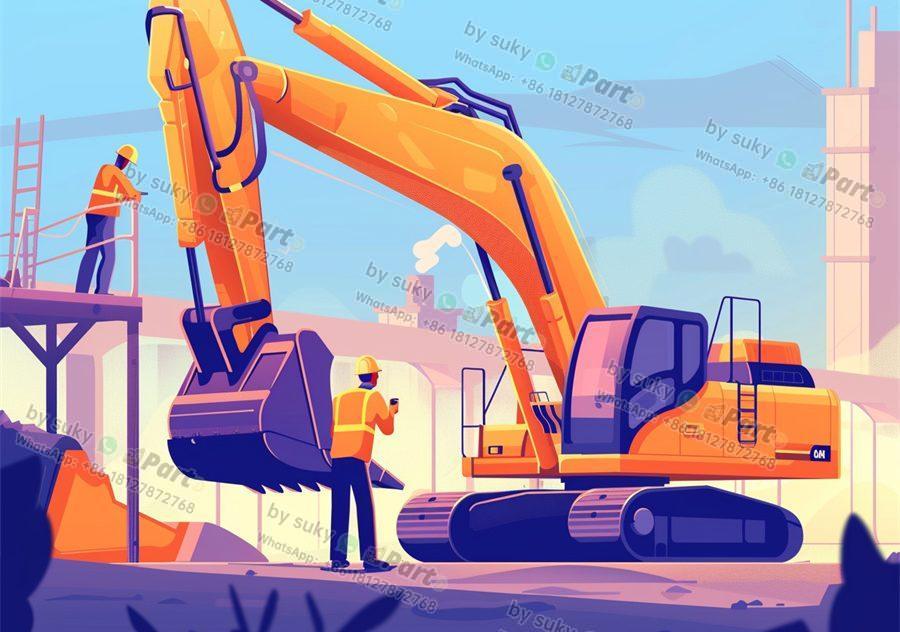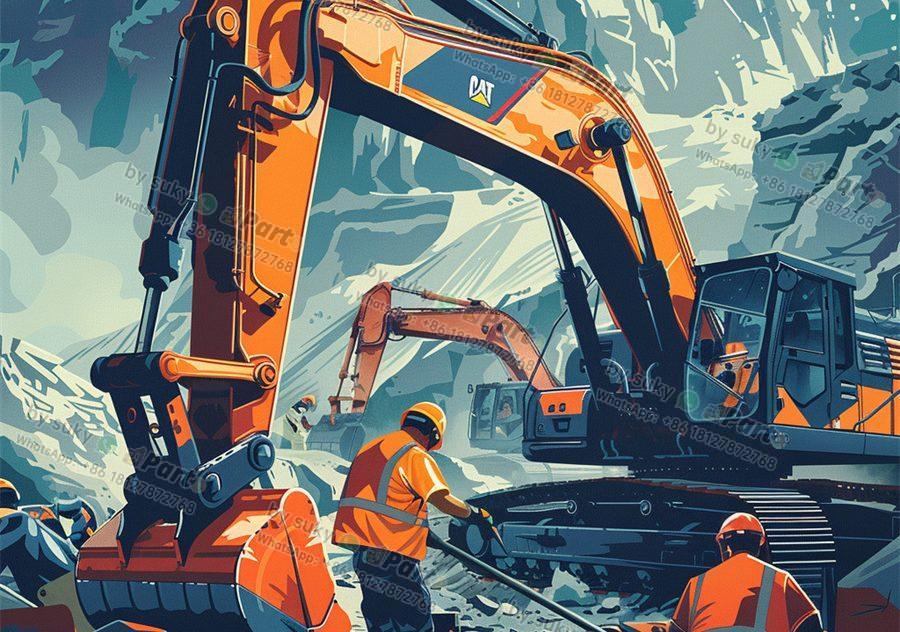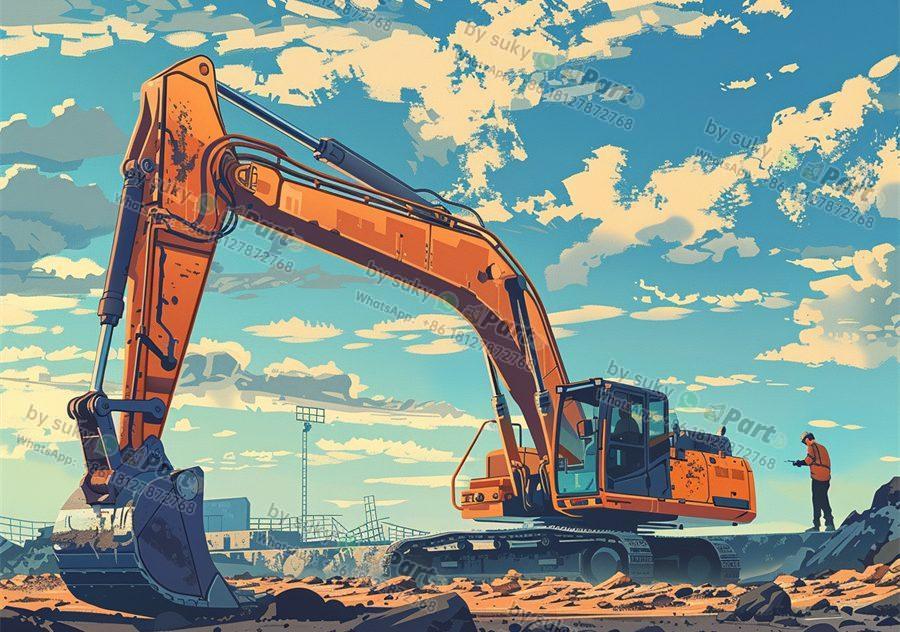Wholesale Excavator Parts Solenoid Valve Coil Fu Yuan
Are you in the market for high-quality excavator parts solenoid valve coil Fu Yuan? Look no further! As a leading supplier of construction machinery parts, we offer a wide range of solenoid valve coils that are suitable for various excavator models. Whether you are an importer or distributor of engineering vehicle parts, we have the products you need to keep your machines running smoothly.
Our solenoid valve coils are manufactured by Fu Yuan, a reputable brand known for their superior quality and reliability. With a focus on precision engineering and durable materials, these coils are designed to withstand the rigors of heavy-duty construction work. Whether you are replacing a worn-out coil or upgrading your excavator with the latest technology, Fu Yuan solenoid valve coils are the perfect choice for your needs.
When it comes to wholesale excavator parts, we understand the importance of offering competitive pricing without compromising on quality. That’s why we work directly with manufacturers like Fu Yuan to ensure that our customers receive the best products at the best prices. By buying in bulk, you can take advantage of discounts and special promotions that will help you save money while stocking up on essential parts for your business.
In addition to our high-quality products and competitive pricing, we also offer exceptional customer service to ensure that your experience with us is a positive one. Our team of experts is always ready to assist you with any questions or concerns you may have, and we are committed to providing timely shipping and delivery to ensure that you receive your orders in a prompt manner. With our dedication to customer satisfaction, you can trust us to meet all of your excavator parts needs.
In conclusion, when it comes to wholesale excavator parts solenoid valve coil Fu Yuan, we are the top choice for importers and distributors in the construction machinery industry. With our high-quality products, competitive pricing, and exceptional customer service, we are committed to helping your business succeed. Contact us today to learn more about our products and how we can meet your specific needs. Thank you for choosing us as your trusted supplier of excavator parts solenoid valve coil Fu Yuan.





